Today is Week Two in The Glam Pad’s six week series on stationery and the art of letter writing, and we are delighted to welcome a very special author, Nancy Sharon Collins. Principal of the eponymous Nancy Sharon Collins, Stationer LLC, Nancy is the country’s leading expert on engraved stationery and designer of bespoke hand-drawn monograms. She is author of The Complete Engraver a guide to monograms, crests, ciphers, seals, and the etiquette and history of social stationery, and she has contributed to and been the subject of popular media such as PRINT, Town & Country, Veranda, Vogue, The New York Times, and NPR.
I learned of Nancy originally a few years ago through Pinterest when I stumbled upon one of her exquisite custom-designed monograms engraved upon the most scrumptious papers. Her work bears the craftsmanship, quality, and personalization of a bygone era, and is unlike anything produced today. (Click here for a brief video explaining her approach.) Intrigued, I learned all I could through her website, culled through her entire Instagram feed, and purchased her book which was so spell-binding I read it in one afternoon. Immediately, I knew we were kindred spirits, and it is an honor to have Nancy guest post today!
Do you remember the left fold on the Astor calling card in last week’s feature on the resurgence of stationery? In this article, Nancy will share not only the history of calling cards, but also the secret code you may vaguely recall from literary classics by Edith Wharton, Jane Austen, the Brontë sisters, etc.
Welcome, Nancy!
![]()
Codes and Cards: Symbology from Victorian-era to Mid-20th Century Calling Cards
Chapter I. Ancient History
Calling card use began in China in about the15th century and was later popularized on the continent (of Europe) in the late 17th and early 18th centuries.
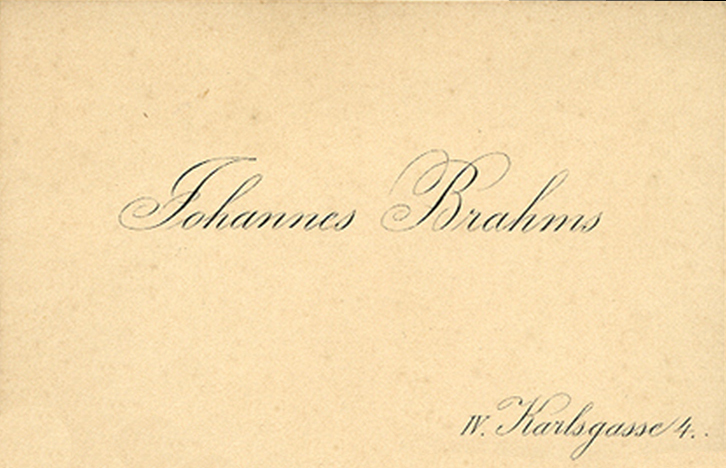
The behaviour for Western use was defined during the Victorian era. Then crystalized in Edwardian England and America where consumerist spirit, fueled by a newly minted ability to surmount social boundaries, held sway.
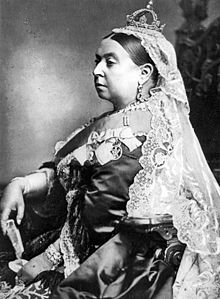
Along with an increasing popularity of calling cards by the middle and upper classes, authors such as Samuel Clemens (Mark Twain), Rudyard Kipling, Jack London, and Edith Wharton, relied upon calling cards to identify class, gender, and economic ability in their writing and amongst their peers.


In the day, even manly men, could be terribly concerned with social convention.

For instance, in his semi-autobiographical novella Martin Eden, Jack London—swashbuckling author of adventures such as White Fang and Call of the Wild—relied on the social currency of calling cards.

Eden’s concern for social convention in this excerpt is evident.
“… When you meet a young lady and she asks you to call, how soon can you call?
… when he found the right shelf [in the public library], he sought vainly for the answer. He was
appalled at the vast edifice of etiquette, and lost himself in the mazes of visiting-card conduct between persons in polite society. He abandoned his search. He had not found what he wanted, though he had found that it would take all of a man’s time to be polite …”—Jack London, Martin Eden, 1913, Macmillan and Company
With one striking exception, calling cards developed in an almost parallel fashion with trade cards.
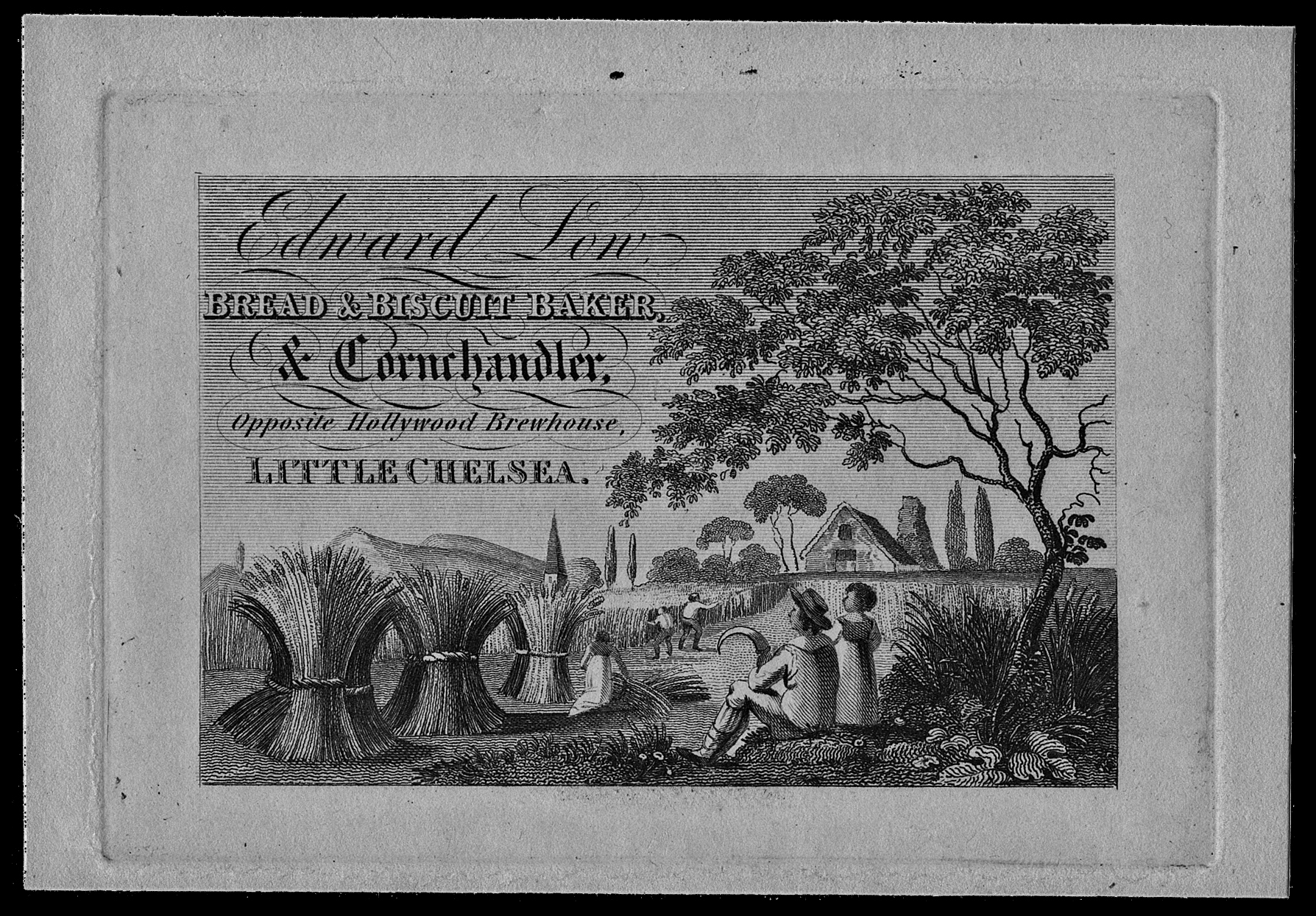
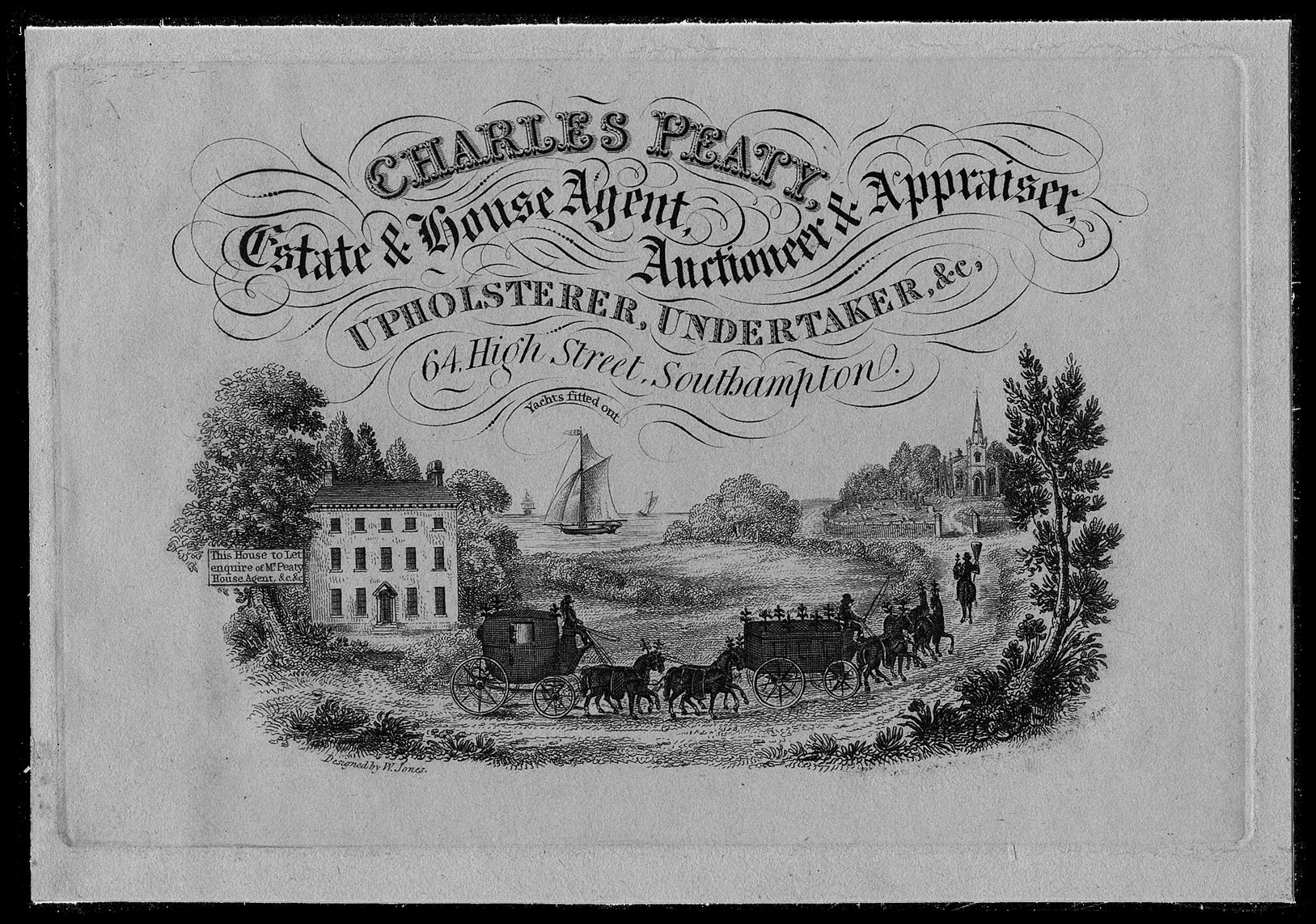
While trade cards became ever fancier, with borders, decorative cartouches, and ultimately striking full-color, their social cousins grew more sedate.
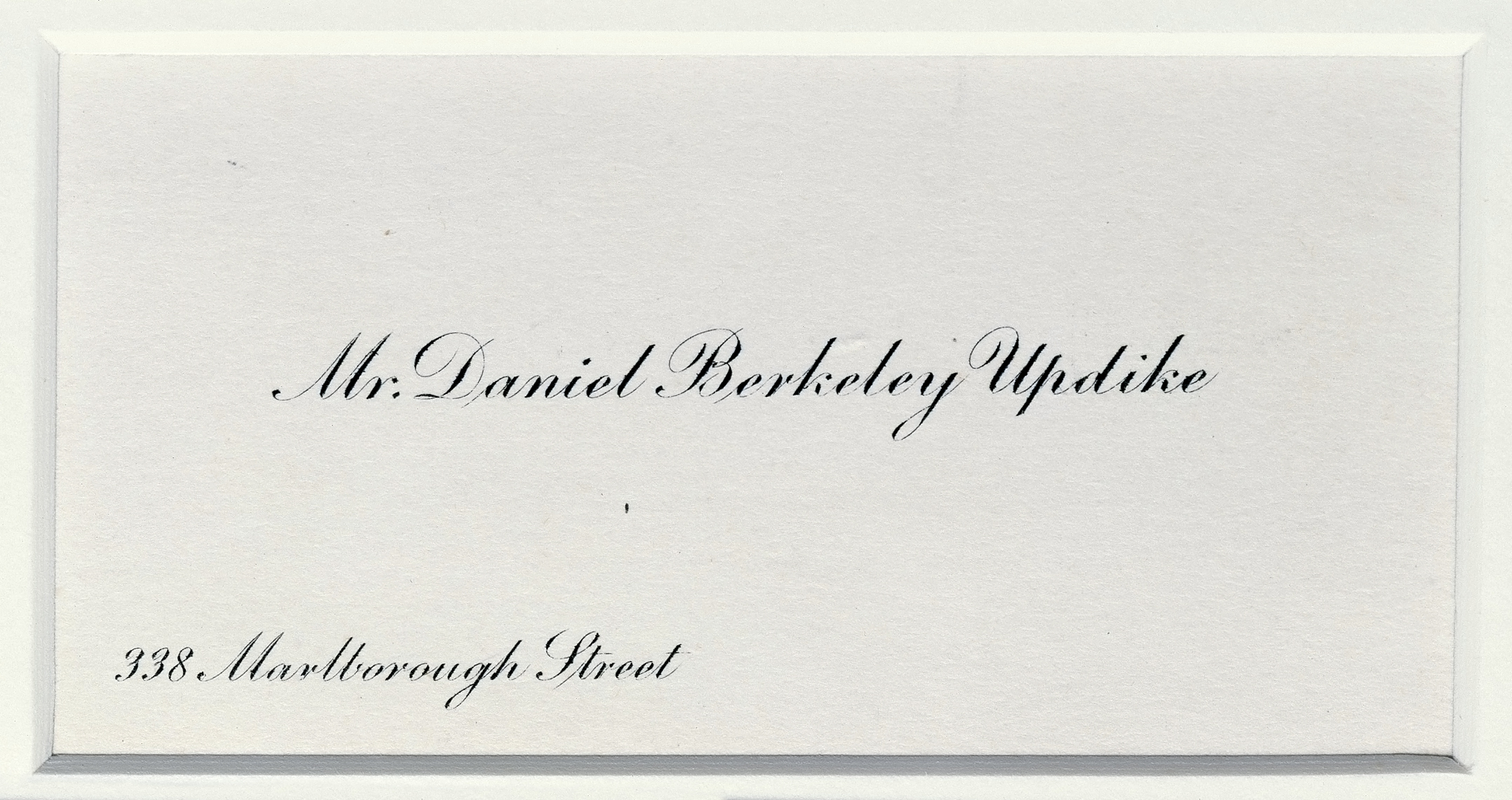
“By the 1860s and 1870s most of Europe, including Britain, had wholly espoused sobriety in personal cards …
“ … the etiquette of typographic style and layout was rigorously observed: the wording was engraved, printing was in black, card color was white. A man’s town address appeared in the lower left-hand corner, his club on the right; if he had a country address this went on the right, and the mention of the club omitted.”—Maurice Rickards, The Encyclopedia of Ephemera: A Guide to the Fragmentary Documents of Everyday Life for the Collector, Curator, and Historian, 2002, Routledge.
When the 20th century came around, styles associated with the calling card, had formed.


Before the telephone, calling cards were the vehicle by which social calls were made.
Think of them as the original social medium.

Chapter II. Social Norms and whatnot
Seventy or more years ago, everyone aspiring to polite society carried a calling card. Calling cards represented refinement in all social graces and indicated that one honored accepted social manners.
Unmarried daughters living at home did not have cards of their own. Their names appeared, somewhat as an afterthought or burden, on their mothers’ card …
“Sisters without parents used cards with their names listed in order of seniority, or simply as,
‘The Misses Smith’, in the courtesy of the call.
“A gentleman’s card, it follows, was never thus presented; there might well have been unmarried ladies in the household whom it would have been improper for him to have called.”— Routledge
These little cards, usually engraved with just the bearer’s name, were used to make the social call. The word “bearer” is used with care as calling cards were definitely social currency.
“The responsibilities of upper-class and aristocratic women [in the Victorian era] were limited because of the common opinion that they were weak. These women had a range of servants to perform the domestic chores for them, so they usually just had to oversee them. An everyday task of upper-class women was accepting and paying visits, as well as organizing dinner parties for their friends and family. These were occasions where women could prove their homemaking skills and good taste, and to serve as symbols to others about their social status.”—Social Life in Victorian England
When calling, one would not expect to be received; one leaves one’s card, indicating the call has been made. Should your visit be a desirable one, the lady of the house would return the call, leaving her card.
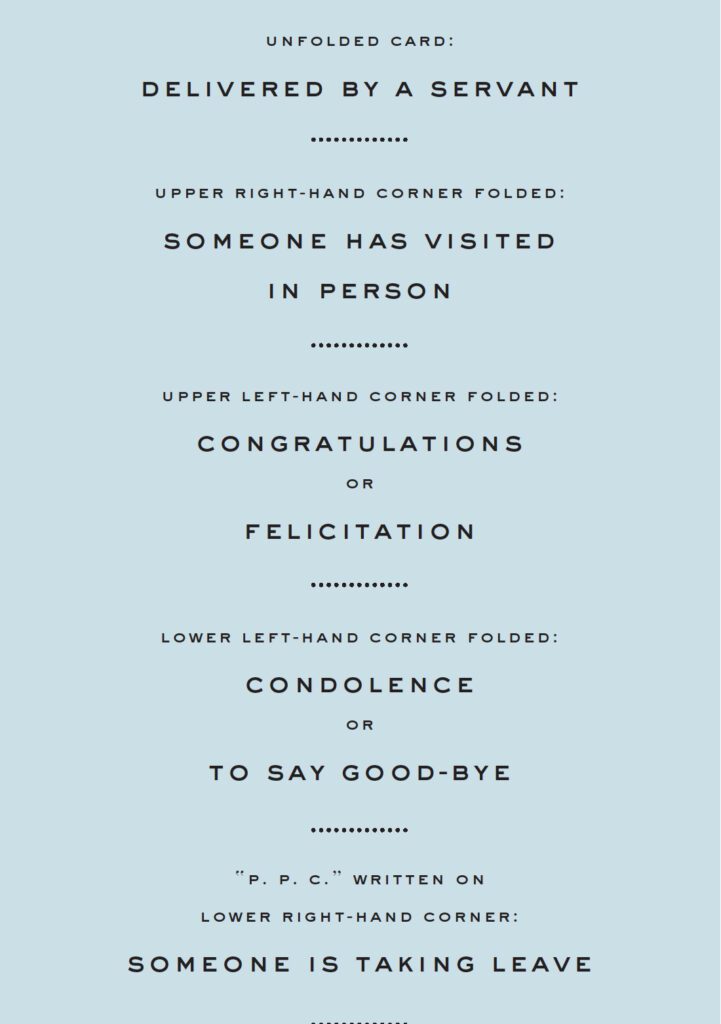
Chapter III. How calling cards worked
And the proper manner for social calling.
Remember, single ladies were never on the street un-escorted. Suitable escorts were considered a husband or male relative.
In a pinch, great gaggles of related ladies with an elder female companion might make the rounds. But a handsome gentleman would definitely be preferred.
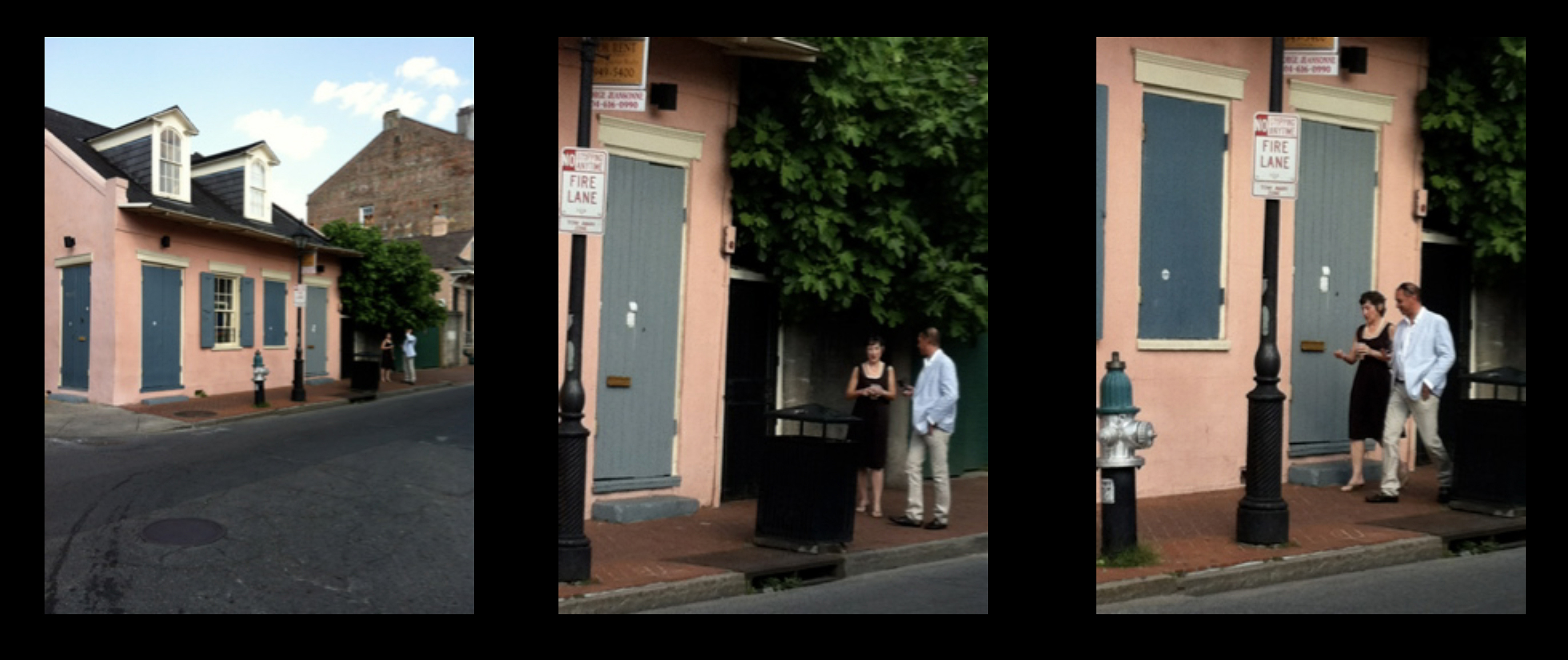
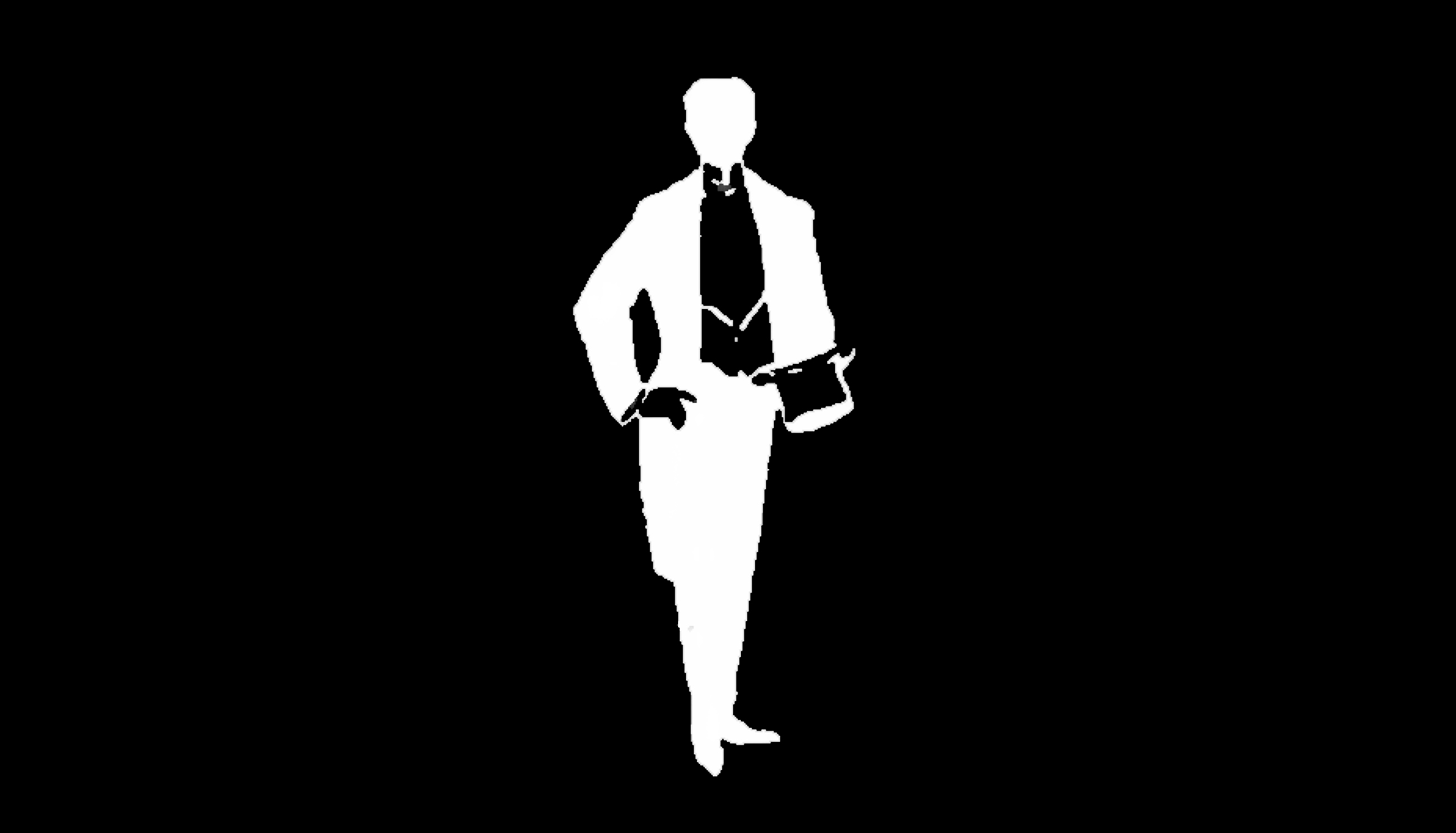

After the social call is made and the calling card(s) are left, it was hoped that the social call would be returned.
“Next day Paul found Stubbs’ card on his table, the corner turned up. Paul went to Hertford to call on Stubbs, but found him out. He left his card, the corner turned up.”—Evelyn Waugh, Decline and Fall, 1928, Chapman and Hall.
Chapter IV. A 20th century case study
A little dusty and vintage, this example illustrates how a simple calling card can be put to very personal use.
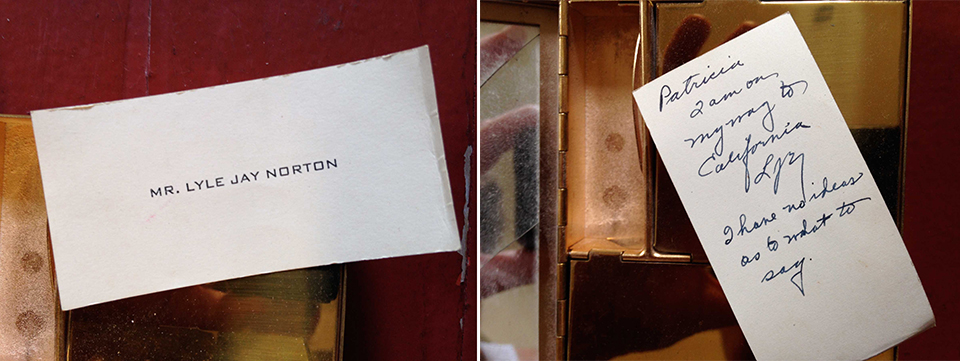
This particular calling card, front, was found in a gold toned minaudier containing a woman’s absolute essentials ca. 1940: 10 cigarettes, lipstick, face powder—loose, of course—and a gentleman’s calling card.
The back was discovered to have a love note. Perhaps, an army officer on his way to port and to battle in WWII. It can be imagined that Patricia and Lyle met very briefly on a dance floor. Or randomly, at a cocktail party. He leaves possibly forever with only the mash note scribbled in his own hand.
Calling cards can be pretty provocative don’t you think?
![]()
Such fascinating history. Nancy, thank you for joining us and sharing this wisdom! Next week will touch on modern applications for the calling card.
For further inspiration and to learn more about Nancy’s services, please visit www.nancysharoncollinsstationer.com and follow @nancy_sharon_collins on Instagram. The Glam Pad also highly recommends her book, The Complete Engraver.
In addition to Nancy’s day job working with engraved stationery clients, she makes time for lectures and presentations nationally, and she partners with local cultural institutions in her hometown New Orleans. With Antenna Gallery, she produces Letters Read the ongoing series of live events in which local actors interpret personal letters written by culturally vital individuals from various times and Louisiana communities. Listen to recent podcasts of some readings here.
LETTER WRITING SERIES
Below is an outline of The Glam Pad’s six-week series on the art of letter writing, and all that is related to the subject. Below is an outline of topics are covering:
- APRIL 8: Why hand-written letters and fine stationery (and calling cards!) are making a comeback, particularly among the Millennial generation. CLICK HERE TO READ
- APRIL 15: The fascinating history of calling cards, and how they are relevant today. – A guest post by Nancy Sharon Collins.
- APRIL 22: An overview of resources for fine stationery. What pieces do today’s letter writing enthusiasts need in their wardrobe and why?
- April 29: A fabulously fun trend… Vintage stamps! How to begin a collection and use them to personalize your correspondence.
- MAY 6: Why cursive handwriting is making a comeback, and what you can do to learn or improve.
- MAY 13: The ultimate in customization – A bespoke monogram and stationery created by Nancy Sharon Collins.
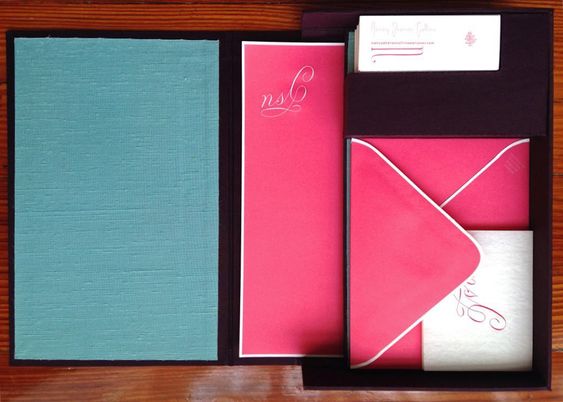
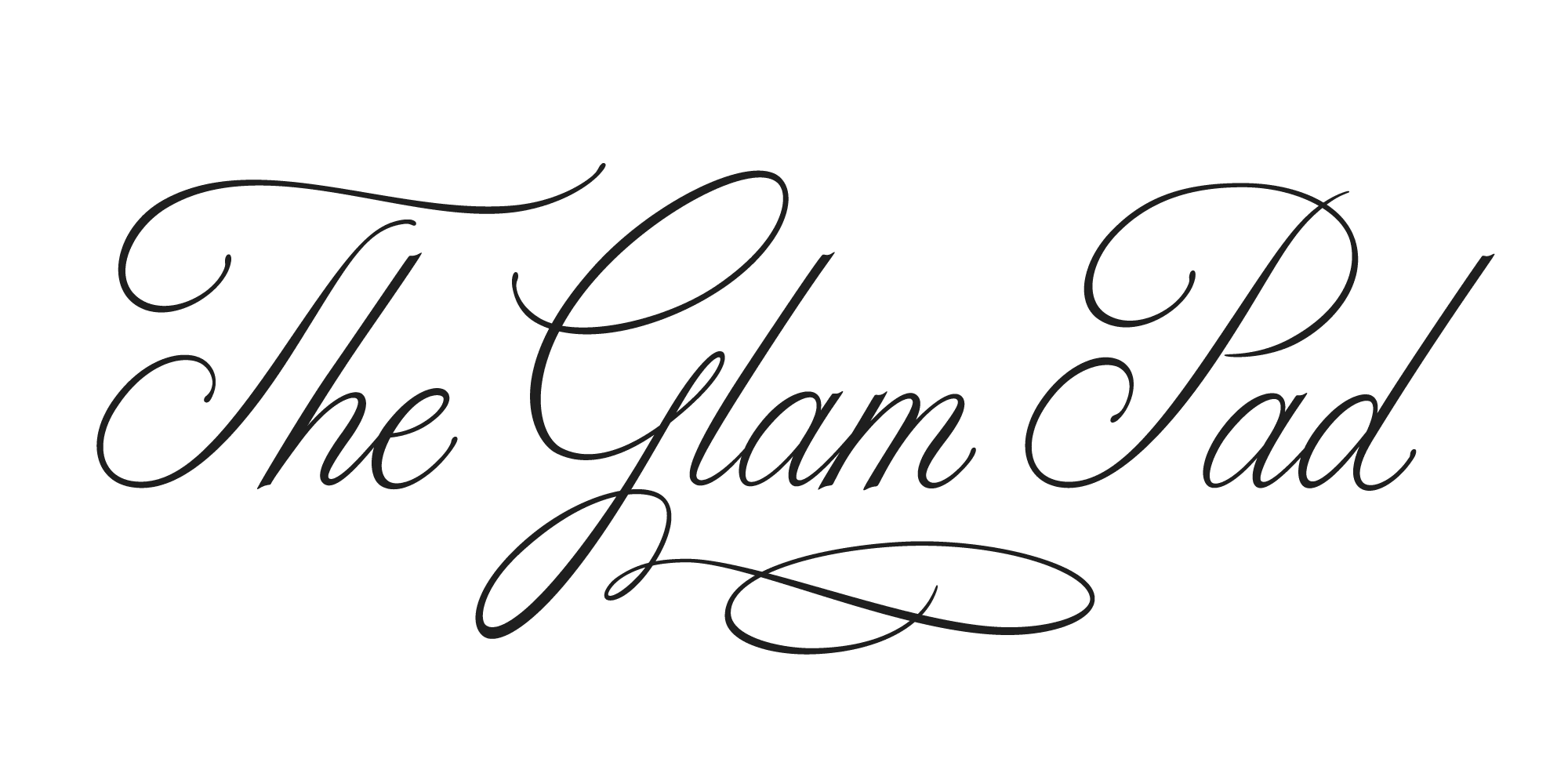
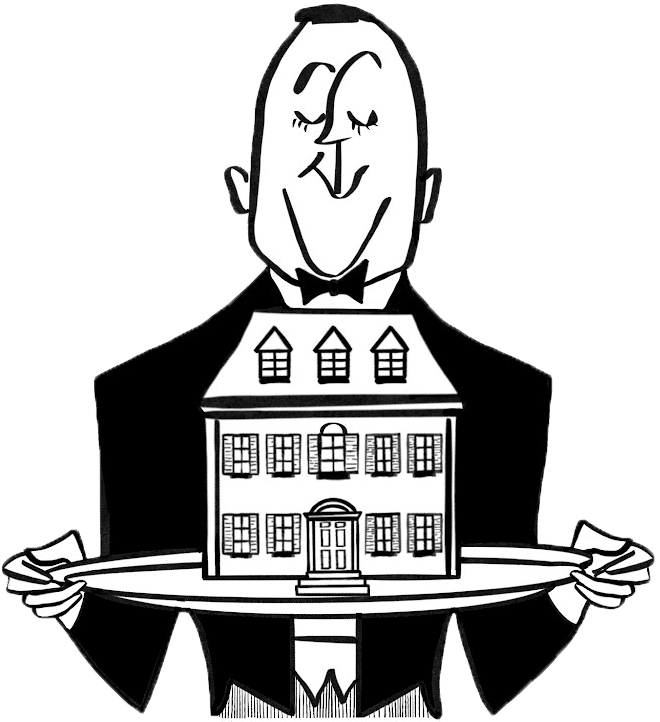

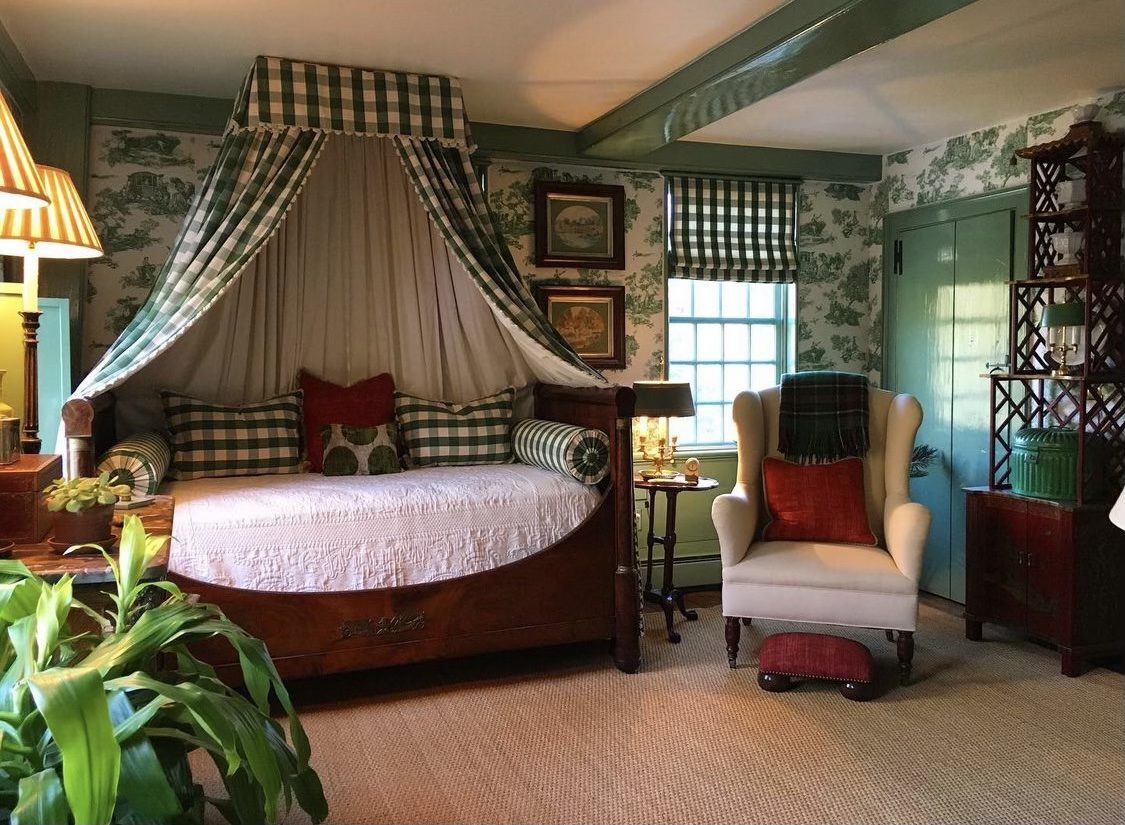
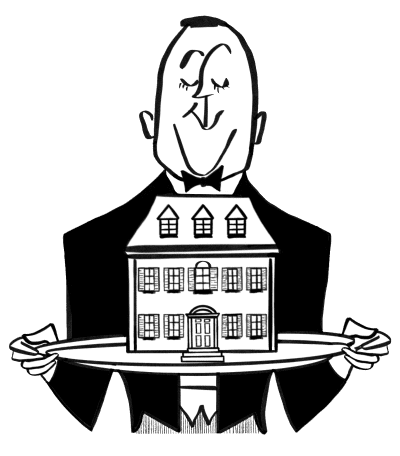
Thank you for this lesson! Having read novels in which calling cards were used I always wondered about the etiquette. There is a section in Proust in which the Duchess of Guermantes uses a huge envelope turned down at a corner to send to an “upstart” woman. Even though it made me laugh then, now it makes me laugh even more. Thank you!
Social elegance to perfection!
Thank you for the article on calling cards .What a curiosity and so telling of our history
Interesting article. Of note, traditional calling cards, even in the 1960s, were not the same shape or size of a business card. Tiffany’s still sold engraved calling cards even in my earlier years as a young adult.
Fascinating story. I appreciate this post.
Love this. A nearby museum of the Holland Land Office has a large board of calling cards from ppl of prominence, Civil War era. Cant wait to go back to see them again with this new (for me) knowledge.
Interesting that you posted on this subject matter. I’ve always loved the tradition of calling cards. They hearken back to a more genteel era . Felix Doolittle’s and The Punctilious Mr. P.’s has wonderful calling cards, personalized stationary and other fabulous things such as this.
I forgot to mention that this is a wonderful post. Thank you so much!
I have my Great Grandmother’s small leather calling card case, beautifully embroidered with delicate silk flowers, and a stack of calling cards therein (sadly because Alice never got to use them, she passed away prematurely in childbirth).
The point I really wanted to make was that social etiquette of the time dictated you had to leave TWO calling cards – one for the lady you were calling on, and one for her husband so he could keep tabs on who his wife was associating with – oh dear, I suppose if he didn’t approve of any of his wife’s intended associations, that was the end of that!